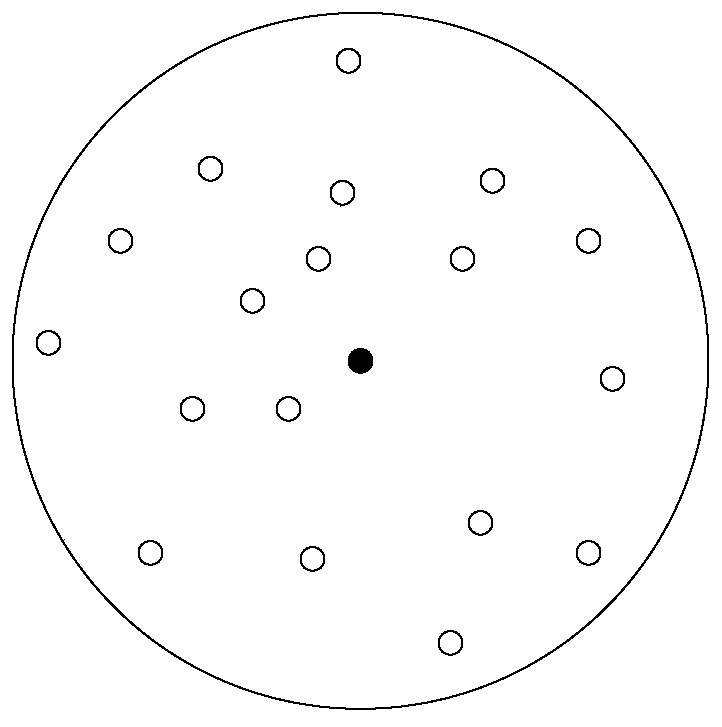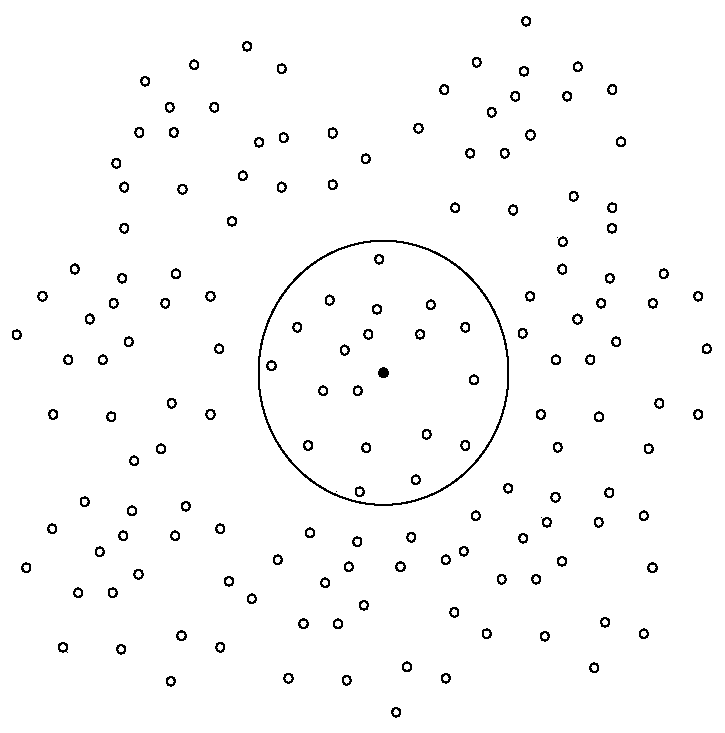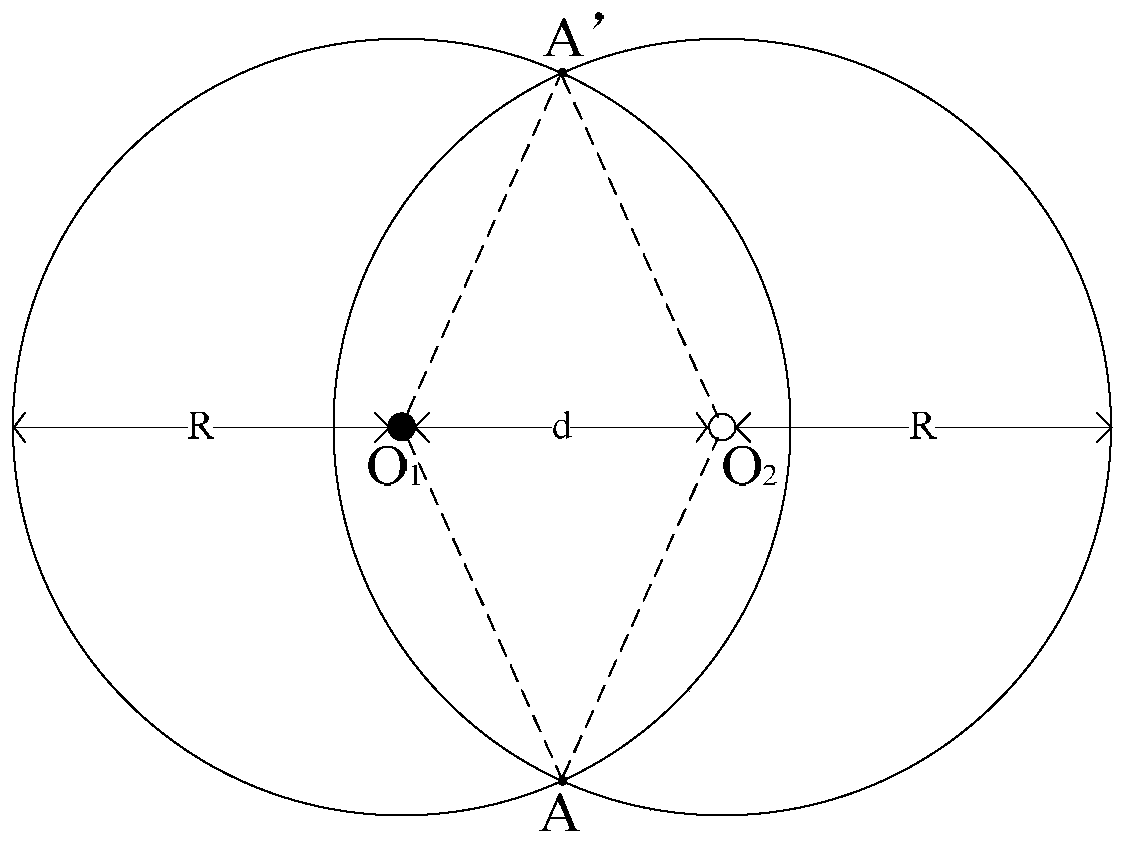A v2v multi-hop warning broadcast method in vanets
A forwarding node, neighbor node technology, applied in broadcast service distribution, network topology, network traffic/resource management, etc., can solve the problem that multi-hop broadcast cannot adapt to multiple traffic environments at the same time, achieve good coverage, improve efficiency, The effect of reducing information redundancy
- Summary
- Abstract
- Description
- Claims
- Application Information
AI Technical Summary
Problems solved by technology
Method used
Image
Examples
specific Embodiment approach 1
[0024] Specific implementation mode one: the specific process of the V2V multi-hop warning broadcasting method in a kind of VANETs of the present implementation mode is:
[0025] Theoretical Research and Demonstration of Grouping Problems
[0026] The present invention proposes a safety information broadcast protocol based on area adaptive grouping (Self-Adaption Area-Grouping Based Broadcast Protocol of Safety Message, SABP). In VANETs, due to the complex and changeable environment around the vehicle nodes, there is a very big difference between the urban environment and the suburban environment, so it is a very important issue to design a unified broadcast protocol that can be applied to various environments. The problem of lack of flexibility in the proposed regular triangle model and regular hexagonal model, a planar region segmentation method that can dynamically change the grouping rules according to the distribution of the neighbor nodes of the current relay node is p...
specific Embodiment approach 2
[0089] Specific embodiment two: the difference between this embodiment and specific embodiment one is: SABP in the step one, in the neighbor list, determines the Nth forwarding node of the accident vehicle broadcast according to the position of the neighbor node in the communication area; (the first The second broadcast is the broadcast sent by the node where the accident occurred) If the neighbor node is in the convex hull point set, execute step 2; otherwise, execute step 4; the specific process is:
[0090] The neighbor list includes the ID number of the neighbor's vehicle, latitude and longitude coordinates, vehicle speed and driving direction;
[0091] SABP is a safety information broadcast protocol based on area adaptive grouping (Self-Adaption Area-Grouping Based Broadcast Protocol of Safety Message, SABP)
[0092] SABP uses the hello packet to maintain the neighbor list. The hello packet contains the Hello field, Position field, Direction field, Hop field, SID field, M...
specific Embodiment approach 3
[0096]Embodiment 3: The difference between this embodiment and Embodiment 1 or 2 is that: the decentralized processing of the convex hull point set is carried out to obtain forwarding nodes; the specific process is:
[0097] 1). Scan the nodes in the convex-hull point set in order of polar angle from small to large. For each node A in the convex-hull point set, if the distance between the next (adjacent) node B and A is greater than or equal to 10m, then the The scanning pointer points to node B; if the distance between node B and A is less than 10m, put A and B into a group G, and set the coordinates of group G to the center coordinates of the smallest circle that can contain nodes A and B , the scanning pointer position points to group G;
[0098] 2). Judging the next (adjacent) node C of group G, if the distance between node C and group G is greater than or equal to 10m, the scanning pointer points to C; if the distance between node C and group G is less than 10m, then add ...
PUM
 Login to View More
Login to View More Abstract
Description
Claims
Application Information
 Login to View More
Login to View More - R&D
- Intellectual Property
- Life Sciences
- Materials
- Tech Scout
- Unparalleled Data Quality
- Higher Quality Content
- 60% Fewer Hallucinations
Browse by: Latest US Patents, China's latest patents, Technical Efficacy Thesaurus, Application Domain, Technology Topic, Popular Technical Reports.
© 2025 PatSnap. All rights reserved.Legal|Privacy policy|Modern Slavery Act Transparency Statement|Sitemap|About US| Contact US: help@patsnap.com



